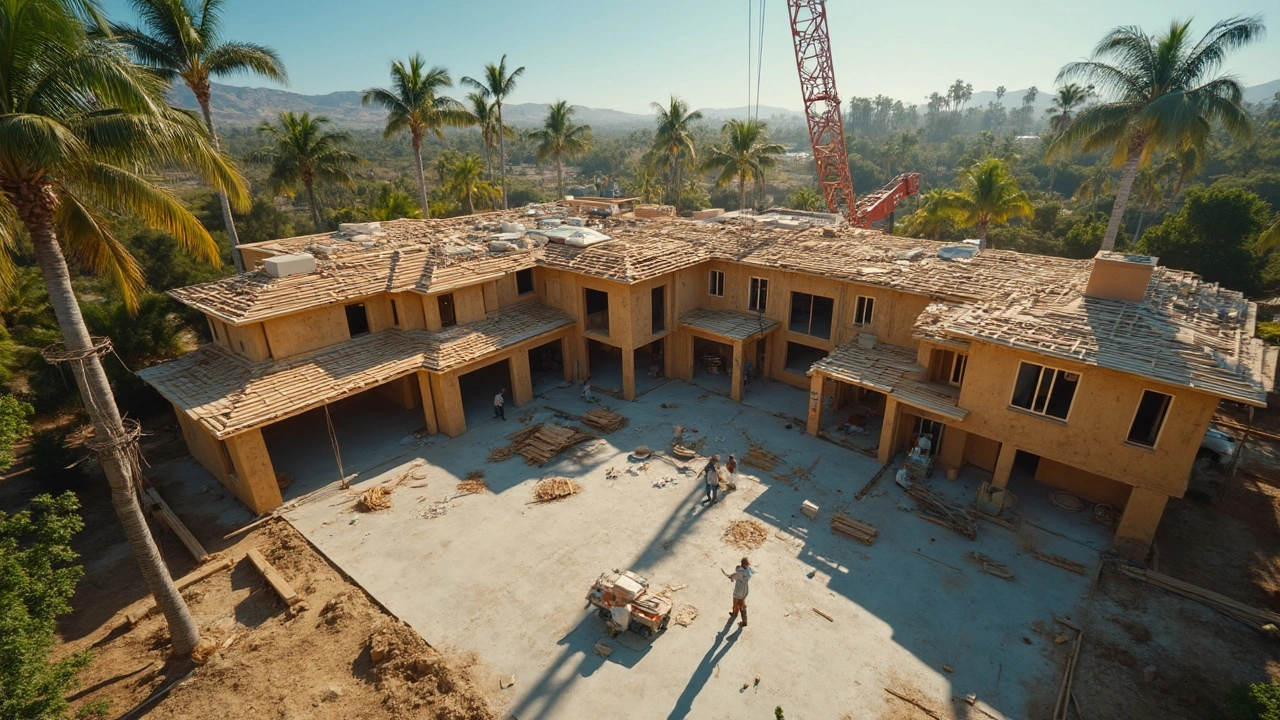California Construction & Plumbing: What You Need to Know
If you’re planning a build or renovation in California, you’ve probably heard the phrase “strict codes, crazy weather.” It’s true – the Golden State mixes earthquakes, wildfires, and a strict building code. That mix can feel overwhelming, but you don’t have to figure it all out alone. Below we break down the most common challenges, share fast‑action tips, and show how a seasoned UK contractor like McNeil Plumbing & Construction Services can make your project smoother.
Key California Building Challenges
First off, the biggest thing to keep in mind is seismic safety. California’s building code requires every new structure to meet specific earthquake‑resistant standards. That means reinforced foundations, shear walls, and flexible framing. If you skip this step, you risk costly retrofits later.
Second, water scarcity and drought rules affect plumbing choices. Low‑flow fixtures, reclaimed‑water systems, and proper pipe insulation aren’t just green ideas – they’re often mandatory. Ignoring them can lead to fines and higher utility bills.
Lastly, wild‑fire zones demand fire‑rated materials. Roofs, siding, and even some interior finishes need special ratings to survive ember attacks. A fire‑rated roof can be the difference between a repair and a rebuild.
Practical Steps to Keep Your Project on Track
Start with a clear plan that references the latest California Building Code (CBC). A quick check with your local building department will tell you which sections apply to your site. Then, bring in a structural engineer early – they’ll design the foundation and framing to meet seismic specs, saving you from redesign headaches.
When you pick plumbing fixtures, look for WaterSense‑labeled products. They meet strict efficiency standards and often qualify for local rebates. Pair that with a pressure‑reducing valve to protect pipes from fluctuating water pressure, especially in areas with high fire‑fight demand.
For fire safety, choose Class A roofing materials like fiber‑capped asphalt or metal panels. Install ember‑resistant vents and maintain a defensible space around the building. These steps not only comply with fire codes but also lower insurance premiums.
Don’t forget to schedule inspections at each major milestone – foundation, framing, plumbing, and final. California inspectors are thorough, and passing each stage the first time avoids delays and extra costs.
Our UK‑based team knows how to translate these requirements into real‑world solutions. We’ve helped clients navigate strict codes in other high‑regulation markets, so we understand the value of detailed documentation, coordinated trades, and proactive problem‑solving.
Ready to start? Reach out for a free consultation. We’ll review your plans, flag any code gaps, and propose cost‑effective solutions that keep your project on schedule and on budget.
Remember, building in California isn’t just about meeting regulations – it’s about creating a safe, efficient, and resilient home that stands the test of time. With the right guidance, your project can be a smooth ride from blueprint to final walk‑through.

